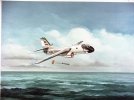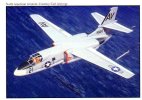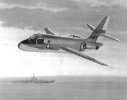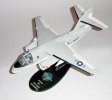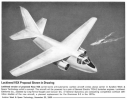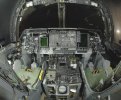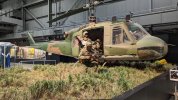A short visit to the AF Museum this week for a retirement ceremony, I visited the rather excellent newly completed SEA pavilion. Nestled in this jam packed collection is a display of the UH-1P in action as it served it's AF personnel insertion, support and recovery mission with the 20th SOS "Green Hornets". One of the most decorated Helo units in SEA.
The UH-1P was powered by a T-58 engine - identical to what powered the H-3 and H-46. Created in parallel to the Navy's HAL-3, but in a very different context. Where HAL-3 was essentially created bottom up with local squadron staff developing how to mount weapons and with locally developed tactics, the AF took and engineered system approach at Eglin and Hurlburt carefully integrating weapons, tactics, training and even detailed specs on paint scheme. Where as HAL-3, local maintenance and aircrew Chiefs informally developed the aircraft and weapons systems to meet the mission needs of the newly created Riverine Force.
View attachment 35542

